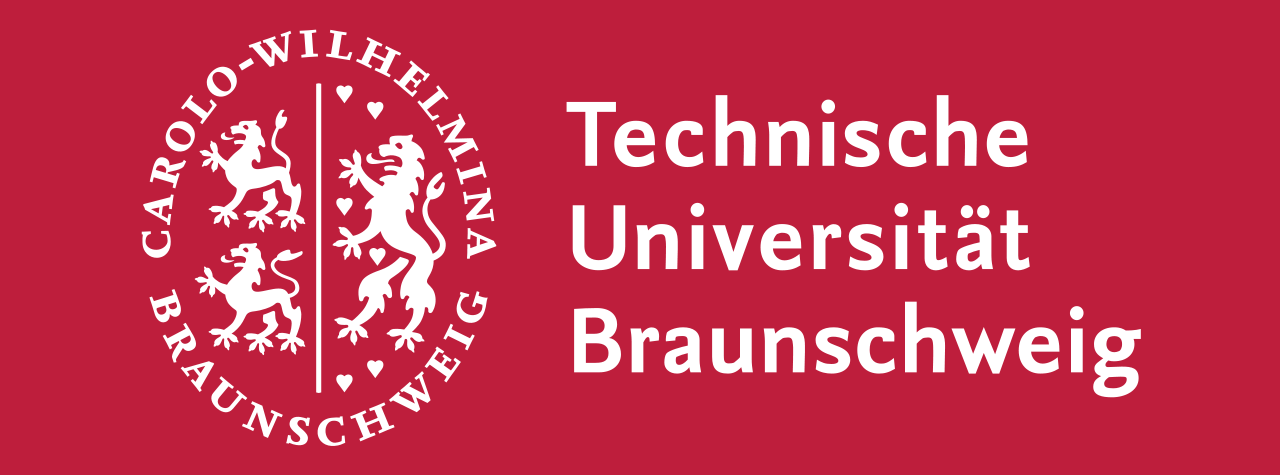Research Summary Report of A01
Particle-Bed 3D Printing by Selective Cement Activation (SCA) – Particle Surface Functionalisation, Particle-Bed Compaction and Reinforcement Implementation
[25.11.2022]
Meier, Niklas; Researcher, niklas.meier@tu-braunschweig.de
Zetzener, Harald; Leading researcher, h.zetzener@tu-braunschweig.de
Kwade, Arno; Project Leader, a.kwade@tu-braunschweig.de
all: TU Braunschweig, Institute for particle technology
The main goal of our research in project A01 is to improve the mechanical strength and shape accuracy of the printed concrete parts as well as the printing speed. While our work at the iPAT is improving the powder properties the project partner iBMB focuses on the material-process interaction.
Summary
Previous research has shown, that higher component densities often lead to higher compressive strength in selective cement activation. As shown in the previous research summary report, the former work aimed to reach higher component densities by increasing the packing density of the particle bed. This was successfully done and leads to a major increase in compressive strength. The current research focuses on increasing the packing density by a tailored particle size distribution. In comparison to conventional concrete, there are two main challenges: On the one hand, there is an upper limit of the particle size, due to the layer height of the selective cement activation process. On the other hand, if the particles are too small, they will tend to agglomerate much more in dry state, which hinders the compaction and therefore leads to lower packing density. To achieve a tailored particle distribution investigations can be carried out first on binary or ternary mixtures of standard materials and second on mixtures made of specific fractions of standard materials. A fractioned aggregate material is exemplary shown in Figure 1.
Current state of research
To tailor the particle size distribution of the sand cement mixture, the utilized aggregate powder needs to be split into different fractions for some tests at first. The goal is to generate narrow distributed powder fractions in subsequent sizes. With these fractions, a desired particle size distribution is easily achievable by mixing specific amounts of each fraction. The fractioning of the coarser powders is done by using a vibration sieving machine, as shown in Figure 2. In this way, the utilized sand (Figure 1, left) is split into differently sized fractions with a narrow particle size distribution (Figure 1, right).
As the sieves tend to clog during vibration sieving for finer particle sizes, air jet sieving is used in this size range, which can be seen as a video on the AMCs Instagram page.








